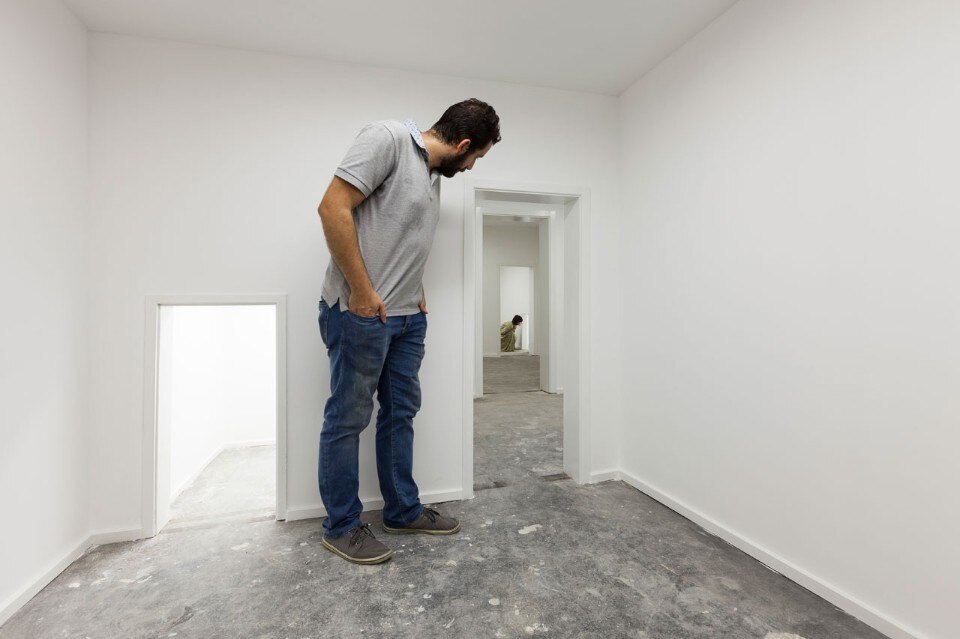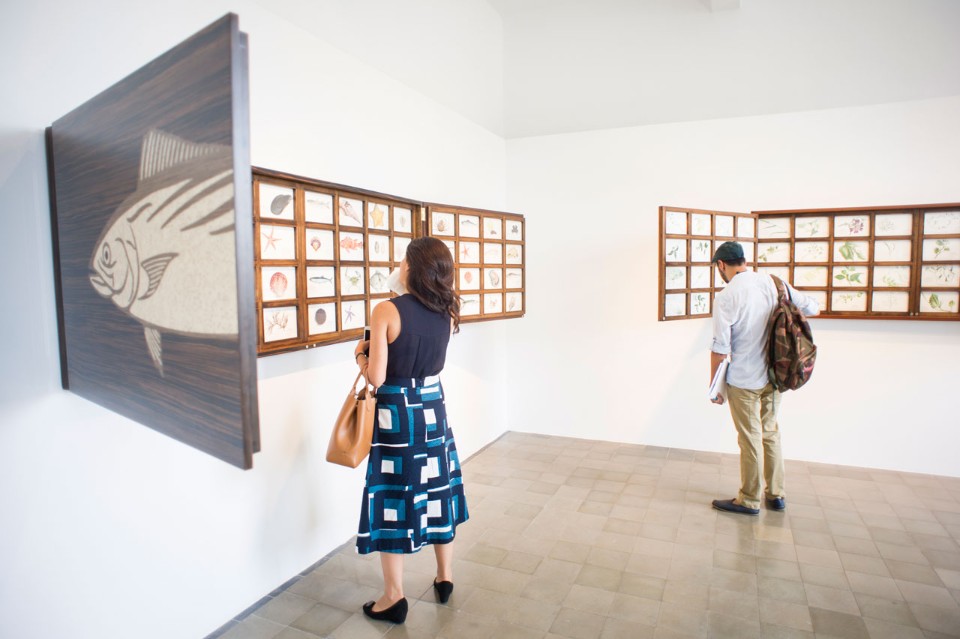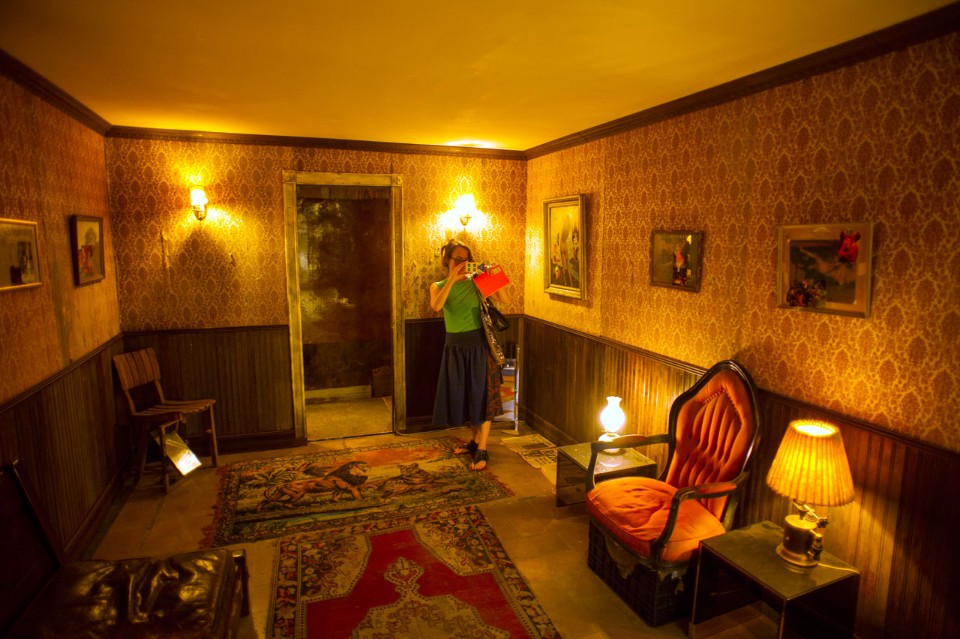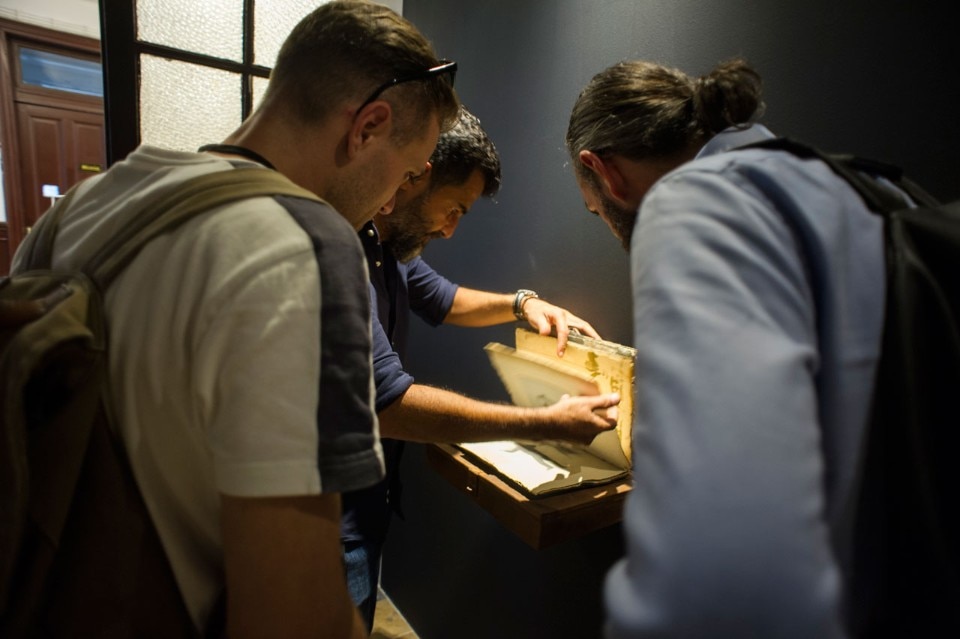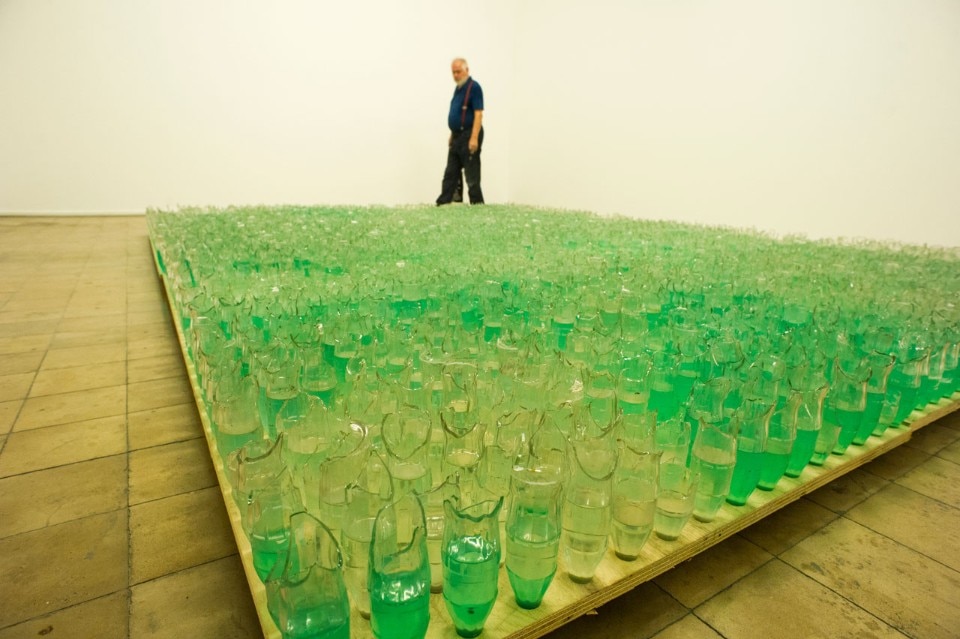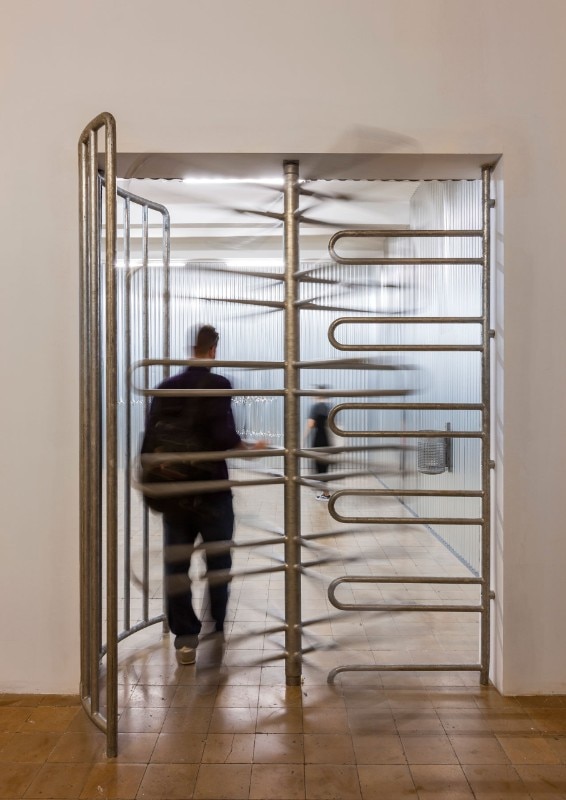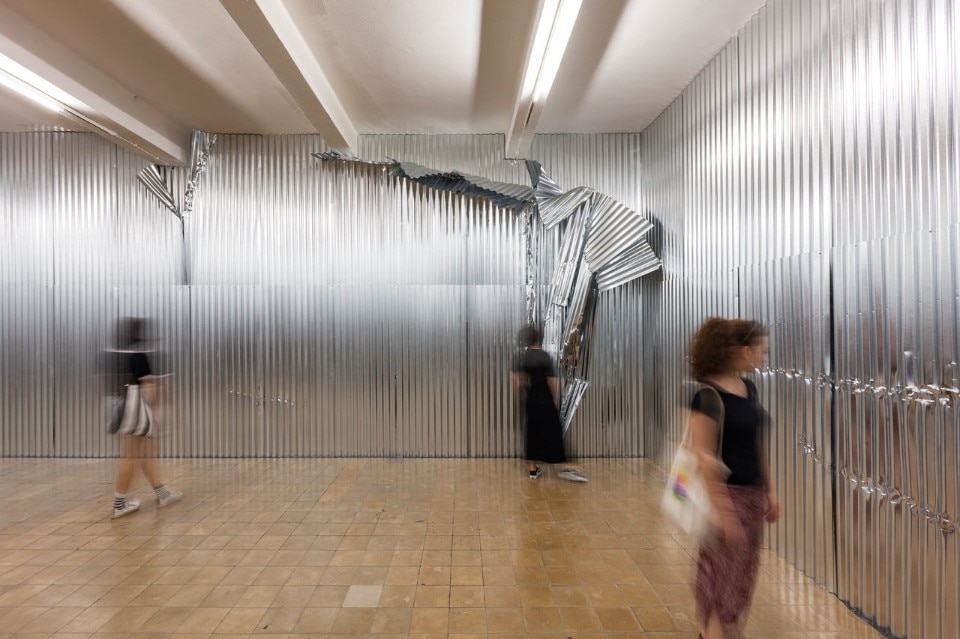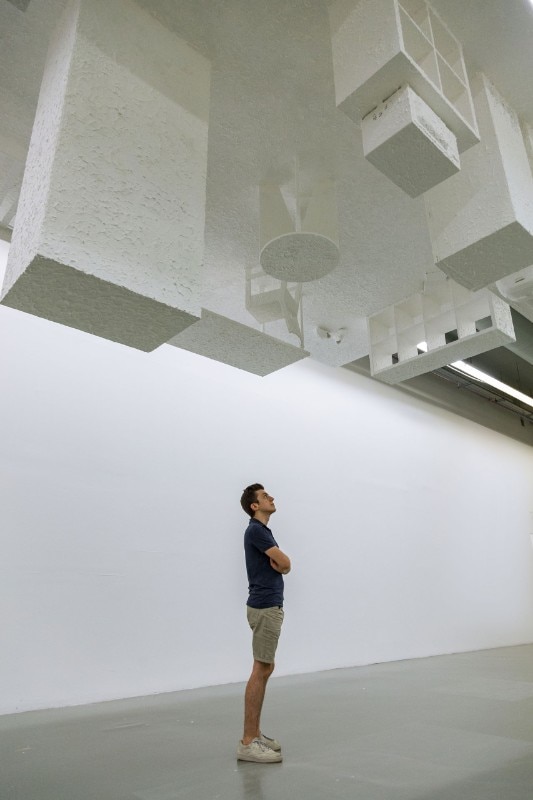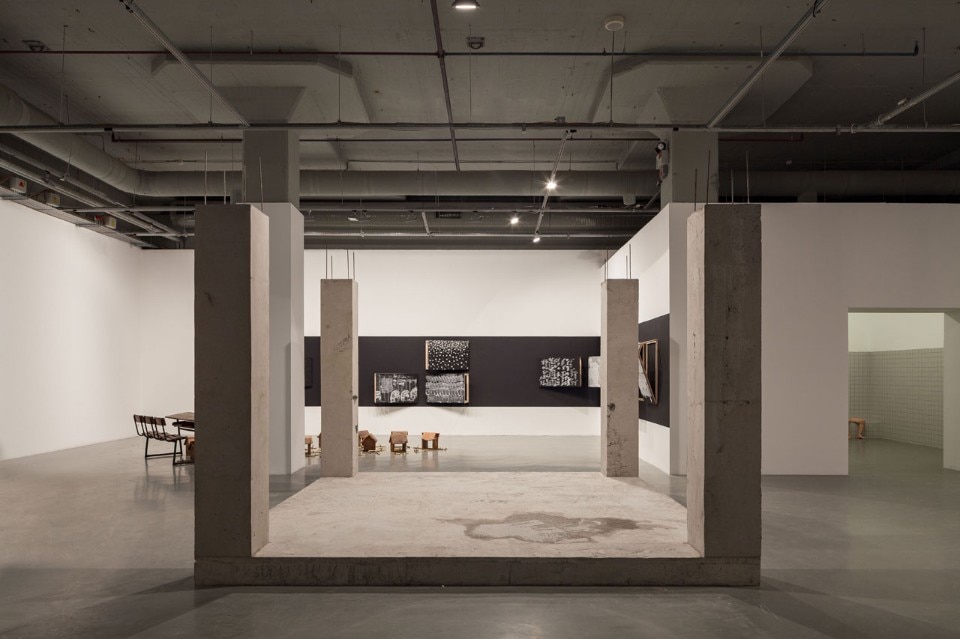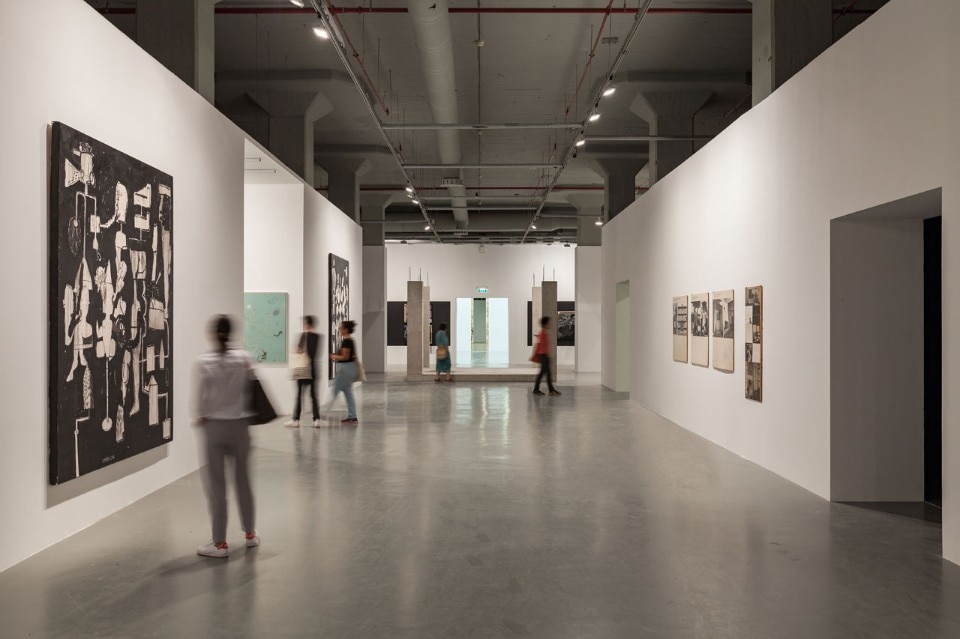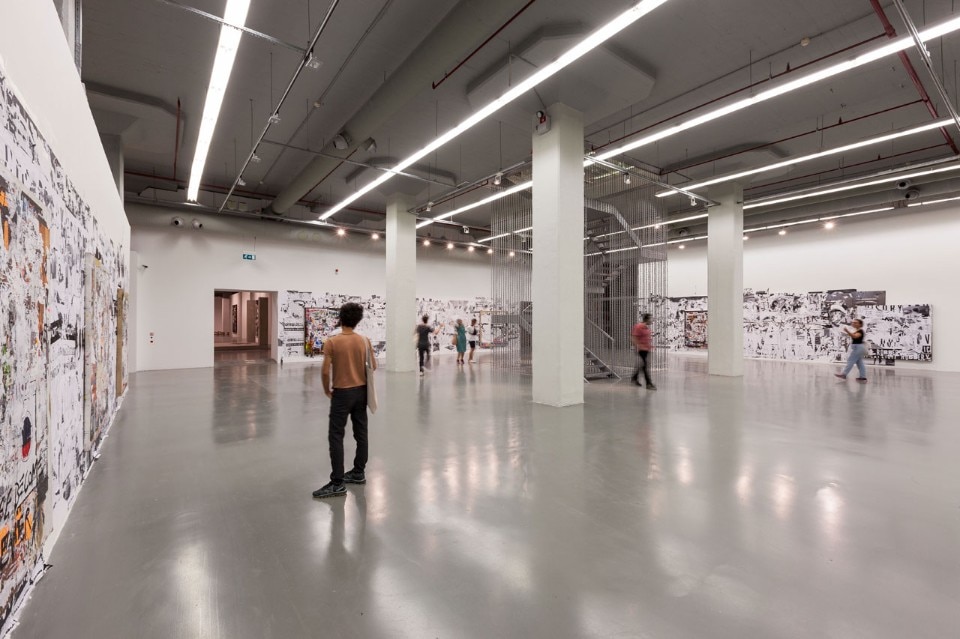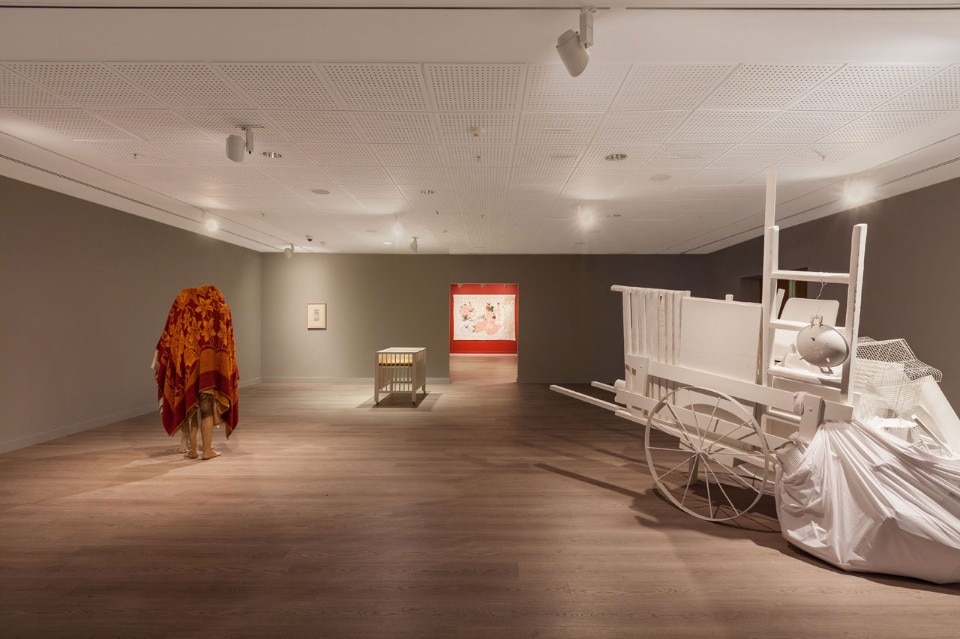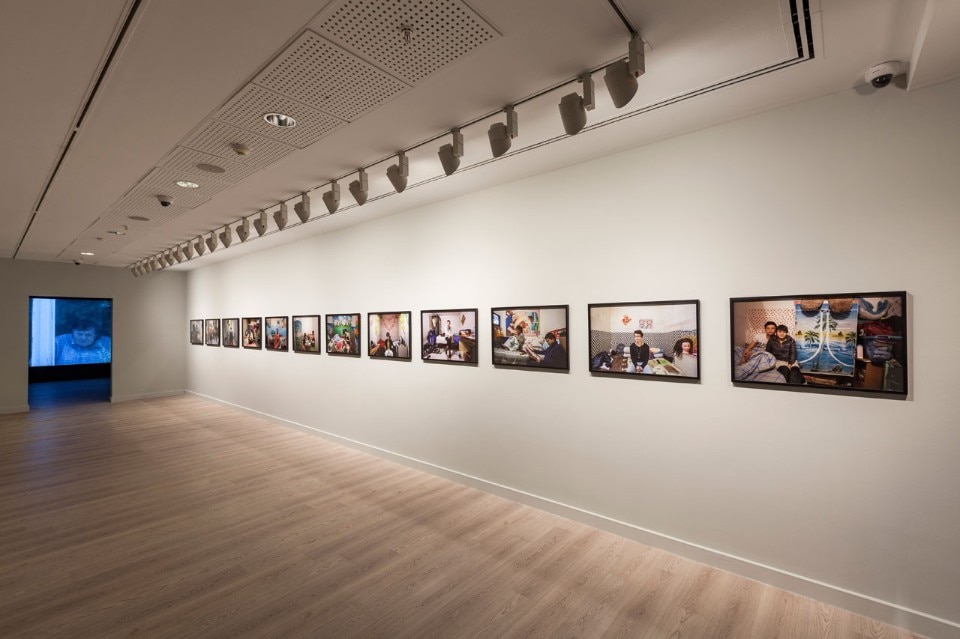Now in its fifteenth edition and recently inaugurated with the title “A Good Neighbour”, the Istanbul Biennial of Arts rests on 30 years of outstanding curators and collaborators who have made it one of the major international platforms for contemporary art. In past decades, it was able to draw on its vibrant and growing context. Culturally, Istanbul has developed gradually yet with assurance, to the point where it can now compete as an equal with the major European cities. The chaotic vitality that has always been its strong point has helped foster its creative ferment. But the city’s destiny has changed dramatically since the authoritarian clampdown on the Gezi Park protestors. The succession of the editions of the Biennial and the curators’ choices bring this point out clearly.
Just remember that in 2007 Hou Hanru focused on the city's energy and the contradictory yet vital collective changes bound up with this complex region. In 2009, the collective What, How & for Whom focused on the need for art to be politics and the urgency of reconstructing the world on Brechtian principles. Two editions later, in 2013, Fulya Erdemci, with a concern for the convergence of art and activism, got caught up in the thick of the anti-government protests in Taksim Square. With tensions on the point of exploding in the streets, her project was accused of being superseded by reality and she had to give up many of the public open spaces she planned to take over. Despite this, the exhibition was pervaded with the spirit of protest. In 2015, the city was in sombre mood. The tension was palpable. The Biennial curated by Carolyn Christov-Bakargiev offered moments of great spectacle. The geopolitical-cultural nexus was explicit. But on the whole it dealt obliquely with the most cogent issues.
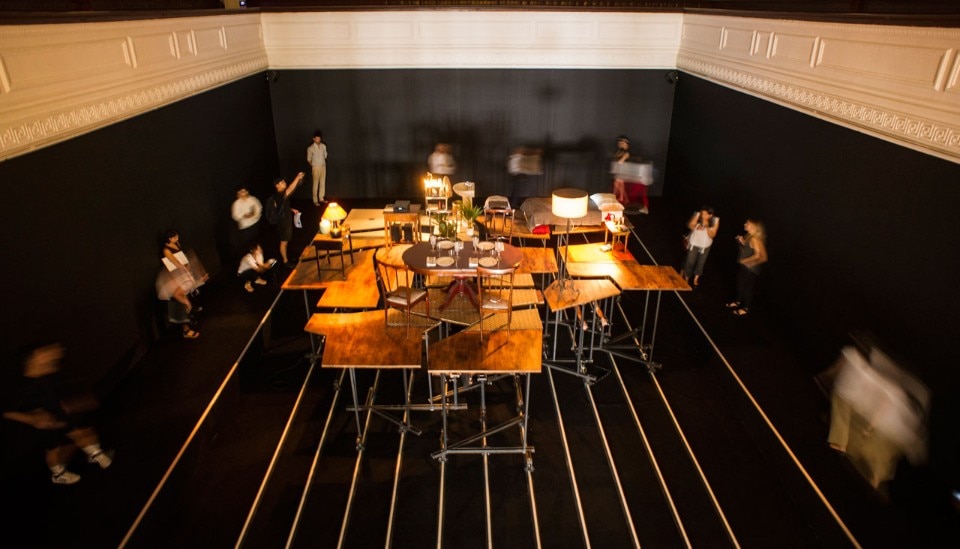
Today in Turkey, the machinery of political control is in overdrive. There are strict limits on what is permitted. The right to freedom of thought and expression is denied. Paradoxically, the situation in the city seems calm, but it is clear that the country is seething. The media have largely been gagged. In fact, the country is divided between government supporters and others, branded “terrorists”.
This 15th Biennial has been entrusted to a duo of Scandinavian artists, Elmgreen & Dragset, whose have focused it on the theme of being good neighbours. As they write in the premise to the very fine and useful catalogue: “Your neighbour might be someone who lives quite a different life from yours. And hopefully you, unlike many politicians lately, are not the one who chooses to deal with your fear of otherness by fencing yourself off.” So Elmgreen & Dragset drew up a long list of questions around this concept and put them to some 60 artists, of whom 40 had the opportunity to produce new works.
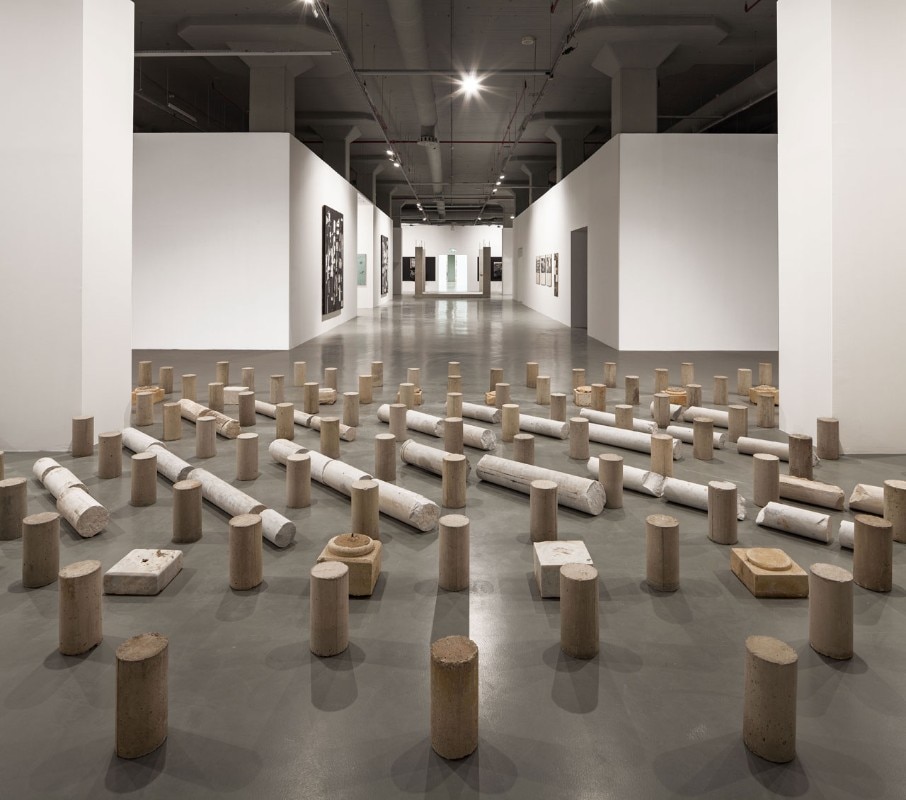
This year there are six venues, compared to the dozens in previous editions, and all concentrated in the same area. The event has been compacted and restricted to an unprecedented degree. The reasons for this new layout certainly include the desire to give space and visibility to each of the works: an understandable attitude by the two artist-curators and much appreciated, rather than the now common titanic exhibitions that readily sacrifice accessibility to numbers. In fact each work enjoys considerable space. But the small number of locations can also be interpreted as a decision by the organisers, IKSV, to ensure the highest degree of independence of action by limiting the need to negotiate public spaces.
The Greek school was closed in 2007 and has since been taken over by the Biennial as an exhibition space. It presents 15 artists, most of them having a classroom or part of the staircase to themselves. Pedro Gomez-Egana fills the tall, spacious central saloon, completely darkened, with a complex architectural structure in which we just catch glimpses of intriguing single figures stealthily lurking at different points. Far from comforting is Leander Schönweger’s installation Our Family Lost on the top floor. Here case the structure is plain white but labyrinthine. We move through a series of doors that grow ever smaller until the rooms become inaccessible. Architecture loses its function and excludes us. We experience bewilderment and isolation, suggesting the way social life has been pulverised.
Between these two installations, there are numerous works of great impact on the building’s various levels. An example is the video by the Kurdish artist Erkan Özgen. A Syrian boy who fled from Kobane describes in gestures the events he lived through. Another is an allegorical video by Heba Y. Amin, which offers a number of reflections on the relation between individualism and the multitude. In Domain of Things, the two Americans Jonah Freeman and Justin Lowe again speak of a counterculture developing in the shadows. This is an immersive installation made up of so many rooms, in each of which a specific aesthetic is staged.
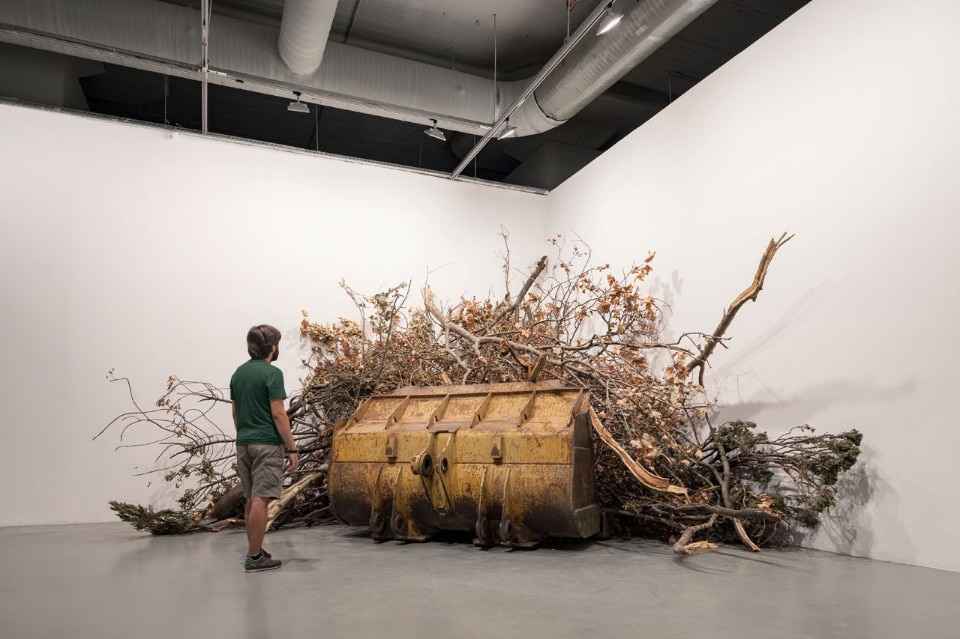
The collective hosted in the Greek school is particularly intense and coherent. As is the comparison presented at the Pera Museum between the collections of painting, ceramics and artefacts representing Ottoman and Turkish cultures and the works by some 20 artists: Tatiana Trouvé with her installations evoking architectural forms and incorporate maps of today’s migrations; Berlinde de Bruyckere ; Louise Bourgeois; Andra Ursuta, whose minute yet very faithful models of the interiors of her home in a village in Romania are deeply moving; Fred Wilson, with a large room to himself; the Turkish artist Gözde İlkin, who works with fabrics and garments to recount family life and its codes.
The selection at Istanbul Modern is definitely more rigid. The contemporary art centre, located in the industrial area overlooking the Bosphorus, is rapidly being redeveloped, while the centre itself will soon be closed. Here the museum aspect seems to have got the upper hand and some constants dominate the whole: a tendency towards black and white, the presence of materials for building work or urban housing, a lack of dialogue between works, which becomes an obvious limitation, given their unified setting. Yet it also contains one of the rare works to deal directly with the current situation in Turkey. This is Crowd Fade by Latifa Echakhch. The Franco-Moroccan artist’s large installation is one of the exhibition’s most effective and confrontational moments.
Works by Monica Bonvicini and Stephen G. Rhodes are also powerful. They are placed respectively in the male and female sections of the ancient Küçük Mustafa Paşa Hammam, located in a conservative district. In the male section of the Hamam, Bonvicini, as always sensitive to relations between architecture, sex and power, displays her great Weave This Way, made up of fragments of female bodies, and Belt Out: a cube as black as the Kaaba made out of men’s leather belts. In a country where the separation of the sexes can still be a fact of life, these choices are significant.
Then the curators have paid close attention to the issue of diversity, apparent in many works, raising some radical issues. But the theme of neighbourliness, inherently political, is given less direct treatment. Probably, in the complex situation of Turkey today, explicit expression would have jeopardised the ability to act. This Biennial cannot have been an easy challenge. The proof is the fact that there is no trace here of the malicious and enigmatic irony found in the two curators’ work as artists.
© all rights reserved
- Exhibition:
- 15. Istanbul Biennial
- Title:
- A good neighbour
- Opening dates:
- 12 September 2017 – 12 November 2017
- Director:
- Bige Örer
- Curators:
- Elmgreen & Dragset
- Exhibition venues:
- Istanbul Modern, Pera Museum, ARK Kultur, Galatha Primary Greek School


